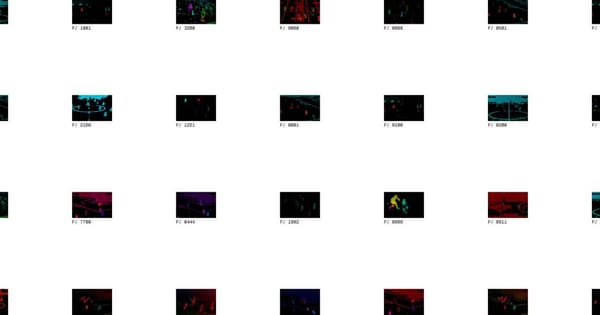Blockchain Incentives Drive Innovation in Deepfake Detection

A newly published paper by BitMind presents a decentralized framework poised to fundamentally change deepfake detection. As AI-generated media becomes increasingly difficult to distinguish from authentic content, this innovative system harnesses blockchain technology and market-based incentives to promote what the paper describes as an evolutionary competition among detection algorithms - creating a true "survival of the fittest" environment for deepfake detectors.
The timing of this research is particularly significant in light of recent revelations from The Intercept. As reported by Sam Biddle, the Pentagon's Special Operations Command is actively seeking technology to create deepfake internet users so convincing that "neither humans nor computers will be able to detect they are fake." According to procurement documents, JSOC wants the ability to generate fake online profiles with "multiple expressions" and "Government Identification quality photos," complete with convincing video and audio that can bypass social media detection algorithms.
While U.S. national security officials have repeatedly warned about the threats posed by deepfakes in the hands of foreign adversaries, the Pentagon itself is now pursuing these same deceptive capabilities. As Biddle notes, this represents a fundamental tension within the government, potentially undermining public trust in information.
Against this backdrop, BitMind's approach offers a potential countermeasure. Unlike traditional deepfake detection methods that quickly become outdated, BitMind creates a competitive ecosystem where researchers continuously refine detection models, earning the TAO cryptocurrency when their algorithms successfully identify synthetic content. This blockchain-based approach ensures detection capabilities evolve alongside new generative AI technologies.
"By design, static detection frameworks inevitably fall behind the evolving capabilities of generative AI," the researchers note. "BitMind directly addresses this gap by combining the transparency and agility of open-source AI with economic incentives."
The system's performance is impressive. In extensive testing across diverse datasets including 46,000 real images and over 125,000 synthetic images from various generators, models within the subnet achieved classification accuracies peaking at 98.53%, with strong detection capabilities reaching up to 91.95% accuracy on real-world datasets.
However, the research also revealed challenges with detecting synthetic content from non-incentivized sources like MidJourney and DiffusionDB, where accuracies were significantly lower. This highlights the importance of the system's dynamic, evolving approach that can adapt its focus to address emerging generative models.
What sets BitMind apart from existing approaches is its practical utility - the framework already powers several public-facing applications including browser extensions and messaging platform integrations that deliver immediate value to users concerned about synthetic media.
BitMind's architecture creates a continuous feedback loop where validators challenge miners (model providers) with both images and videos, scoring their performance on a minute-by-minute basis. This real-time competitive environment drives innovation without requiring centralized control.
In a world where even government agencies are developing sophisticated deepfake capabilities, decentralized frameworks like BitMind may represent our best defense against increasingly sophisticated synthetic media, creating an evolutionary arms race where detection capabilities can keep pace with generation techniques through market incentives rather than static algorithms.
The research was conducted by BitMind, which has made consumer applications based on this technology freely available at bitmind.ai/apps.
Read the full paper here.








